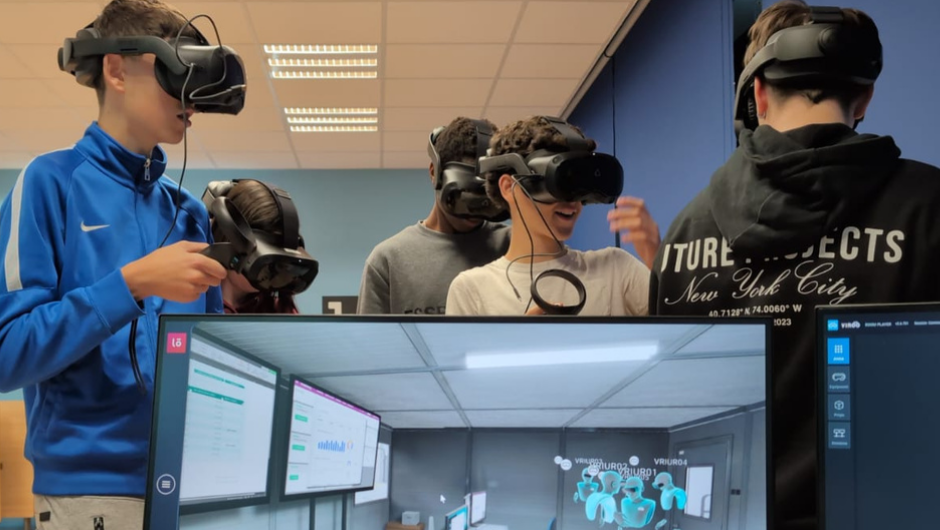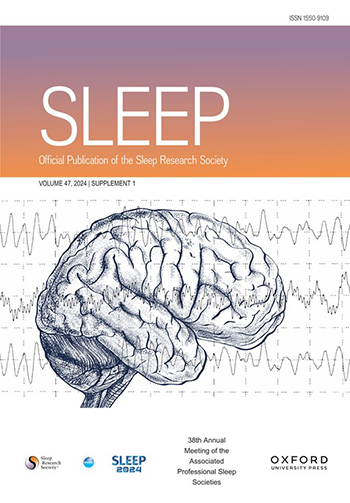Besides educating health professionals, VR has also been used to improve patient outcomes.3,4 Virtual reality has been used to educate patients regarding conditions including an abdominal aortic aneurysm3 and cancer,4 and VR has been examined in the context of medical somatic treatment.5 In nursing, VR has been used as an intervention to decrease patients' pain and anxiety levels.6,7 The potential applications of VR seem limitless.
Although evidence is growing regarding the effectiveness of VR in health professions education and patient education, there is a gap of knowledge regarding the use of VR to educate family caregivers. A family caregiver is defined as “any relative, partner, friend or neighbor who has a significant personal relationship with, and provides a broad range of assistance for, an older person or an adult with a chronic or disabling condition.”8(para6) Self-management and home-based care efforts are growing, and family caregivers hold an important role in the management of chronic diseases. Family caregivers are a relatively untapped resource in healthcare with potential to greatly and positively impact patient outcomes. As VR may be a novel and potentially effective way to empower and better educate family caregivers to care for their family members, the literature was reviewed to unveil what is known in this area. Read More
Foronda, C., Lee, J., & Santiesteban, Z. (2023). Use of virtual reality in family caregiver education: A literature review. CIN: Computers, Informatics, Nursing, 41(3), 125–127. https://doi.org/10.1097/CIN.0000000000001004





 Introduction
Introduction
